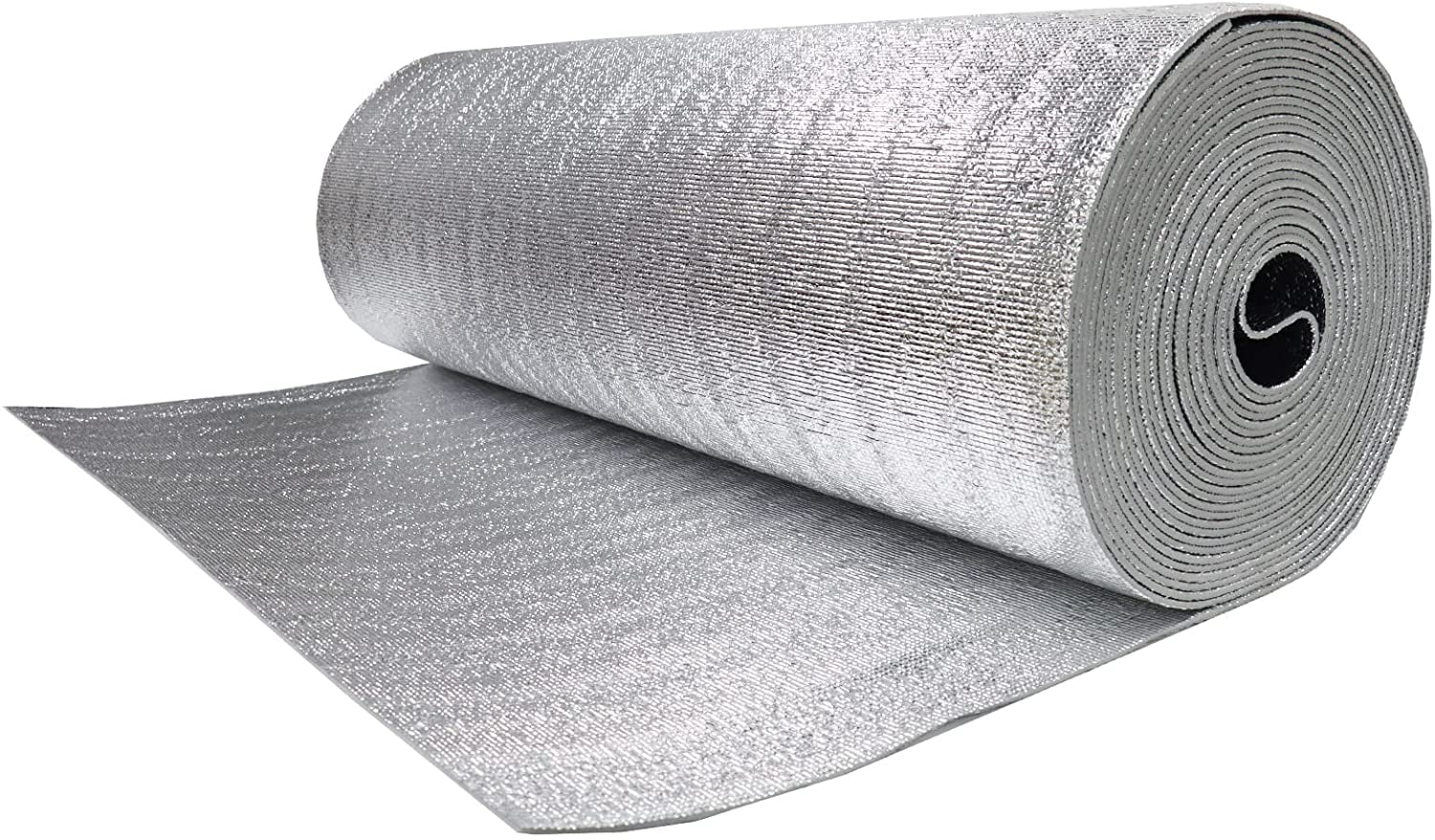Where Should Reflective Insulation Be Used? A Comprehensive Guide
Reflective insulation plays a crucial role in managing heat transfer in various building applications. Here's a detailed look at the most effective places to install reflective insulation:

1. Attic and Roof Spaces
- Particularly effective in hot climates to reduce radiant heat
- Install under roof decking or rafters
- Creates an effective barrier against summer heat gain
- Helps maintain comfortable upper floor temperatures
2. Exterior Walls
- Works best when installed in wall cavities
- Particularly effective in new construction
- Creates an additional thermal barrier
- Helps reduce heating and cooling costs
3. Floors and Crawl Spaces
- Excellent for raised floors over crawl spaces
- Helps prevent moisture-related issues
- Reduces heat loss through the floor
- Particularly beneficial in cold climates
4. Metal Buildings
- Ideal for warehouses and industrial structures
- Prevents condensation issues
- Reduces temperature fluctuations
- Improves energy efficiency
5. HVAC Systems
- Around ductwork in unconditioned spaces
- Helps maintain consistent air temperature
- Reduces energy loss during air distribution
- Improves overall system efficiency
Optimal Installation Conditions:
- Must have an air gap for maximum effectiveness
- Should be installed with the reflective side facing the air space
- Works best in conjunction with traditional insulation
- Requires proper vapor barriers where applicable
Common Applications:
- Residential homes
- Commercial buildings
- Agricultural structures
- RVs and mobile homes
- Greenhouse facilities
- Storage units
Remember that reflective insulation is most effective when properly installed and used in conjunction with other insulation types for maximum energy efficiency.
Comment(s)

